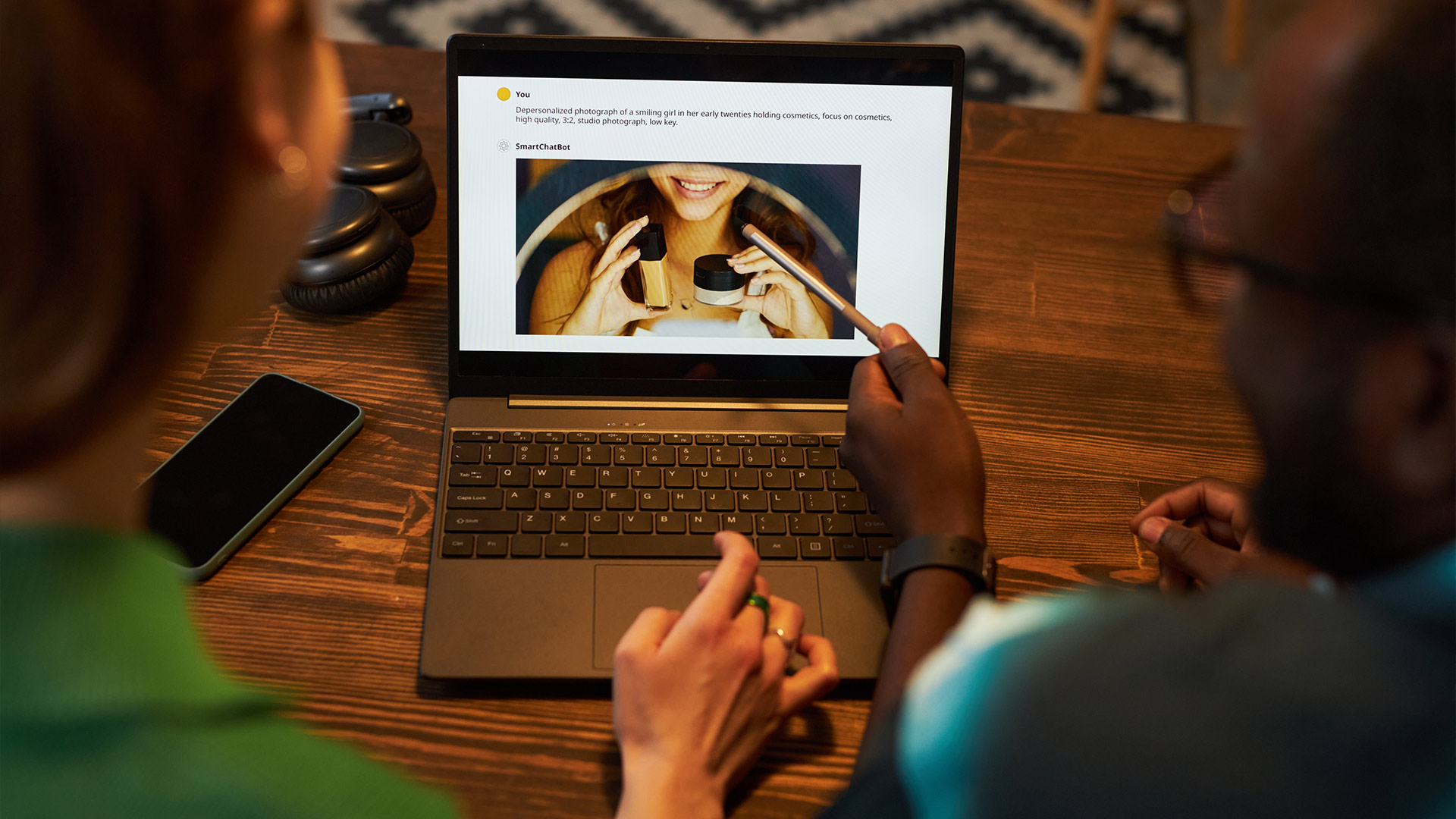What Type of Channels Struggle to Monetize

If you're starting a new channel or trying to grow one that's stuck, it helps to understand which types of content tend to struggle with monetization—and why.
Not every YouTube channel is easy to monetize. While any topic has the potential to attract views, some channels run into major challenges when it comes to turning that attention into consistent income. If you're starting a new channel or trying to grow one that's stuck, it helps to understand which types of content tend to struggle with monetization—and why.
Entertainment-Only Channels
Channels that focus purely on entertainment, like pranks, challenges, or general humor, often rack up views quickly but earn low CPMs. These audiences are usually watching for fun, not with any buying intent.
Advertisers are less likely to bid high for this kind of viewer, which means your income per thousand views stays low. Unless you’re generating massive volume or have viral momentum, these channels may struggle to build sustainable revenue.
That doesn’t mean entertainment channels can’t make money—they just need to rely more on brand deals, merch, Patreon, or YouTube Shorts bonuses than on AdSense.
Commentary and Reaction Channels
While commentary and reaction videos are incredibly popular, they come with risks. These channels often use clips from other creators, shows, or viral moments, which can trigger copyright issues.
Many get demonetized or limited ads because of reused content, controversial topics, or community guideline violations. Even when commentary is fair use, the presence of music or footage can hurt ad eligibility.
This model also faces challenges with sponsorships, as brands may avoid channels that frequently comment on sensitive or divisive subjects.
Channels With Inconsistent Niches
If your content is all over the place—one day it’s fitness, the next it’s gaming, then finance—YouTube’s algorithm may have a hard time understanding your channel. Viewers also get confused about what to expect, which lowers loyalty and return traffic.
A lack of niche focus weakens your positioning for brand deals and sponsorships. It also makes it harder to build trust with viewers, which is critical for affiliate marketing and product sales.
To avoid this, establish clear pillars for your content and stick to themes that reinforce your value proposition.
Channels That Depend Heavily on Trends
Covering trending topics can give you fast views, but if your entire channel relies on trends, your income becomes unpredictable. As trends fade, so does your traffic.
You may also find that these videos age poorly and don't get recommended after a few weeks. Channels that chase short-term trends often end up with very low-performing back catalogs and inconsistent revenue.
Mix trending content with evergreen uploads to stabilize your monetization over time.
Animation and High-Effort Art Channels
Ironically, some of the most creative channels can struggle the most with monetization. Animation takes a huge amount of time to produce, but unless the video goes viral or has a strong niche, the CPMs may not justify the effort.
Art and design channels often fall into this category too. Viewers enjoy the content, but don’t necessarily have strong purchase intent. These creators need to think beyond AdSense and focus on revenue from Patreon, digital product sales, or live events.
The key is to find ways to monetize the process, not just the video itself. Behind-the-scenes content, tutorials, or productized art (like brushes or templates) can add income layers.
Kids and Family Channels
Children's content is under strict regulation due to COPPA (Children's Online Privacy Protection Act). Ads are limited, comments are often disabled, and personalization is restricted. All of this affects RPM.
While channels targeting kids can still earn income, it usually comes through toy deals, merchandise, or partnerships rather than direct AdSense.
Family vloggers also face scrutiny and unpredictability due to platform changes and public sentiment. Monetizing these channels requires extreme care and legal awareness.
Controversial or Sensitive Topics
Channels that focus on politics, conspiracy theories, adult topics, or violent content are often demonetized or given limited ads. Advertisers are cautious about appearing next to content that could spark backlash.
Even if the content is within YouTube’s guidelines, it may be considered not advertiser-friendly. That means lower CPMs or no ads at all.
If your niche is sensitive by nature, you’ll need to lean more heavily on fan funding, memberships, and product sales. Trust and transparency with your audience become especially important in this case.
Highly Saturated Niches With Low Differentiation
Some niches, like general vlogging or beauty hauls, are extremely saturated. If you're entering these spaces without a unique angle, it's hard to gain traction—and even harder to monetize.
Viewers have seen it all before, and advertisers have many other creators to choose from. If your content feels generic, your chances of standing out to brands or loyal followers drop significantly.
Differentiation is key. Focus on narrowing your niche, finding your voice, or serving an underserved subtopic within the broader space.
Channels With No Clear Monetization Plan
Some creators focus entirely on making content and ignore the business side of YouTube. Without a monetization plan, even a growing channel can struggle to generate income.
Common mistakes include:
- Not including affiliate links or product recommendations
- Never mentioning an email list or lead magnet
- Avoiding any form of promotion due to fear of sounding “salesy”
You don’t need to be pushy to monetize, but you do need to be intentional. Consider adding calls to action in your video descriptions and planning content around your products or services.
Fixing Monetization Challenges Through Strategy
If you’re in a struggling category, the good news is that smart planning can help you overcome most barriers. Start by analyzing what other successful creators in your space are doing differently. Look for monetization models beyond AdSense and consider building a product, service, or brand around your content.
It’s also worth revisiting your channel positioning. Could you niche down further? Is your content aligned with the kinds of viewers sponsors or affiliates want to reach? Are you giving your audience an easy way to take the next step after watching?
A few changes in structure and mindset can shift your channel from stuck to sustainable.


